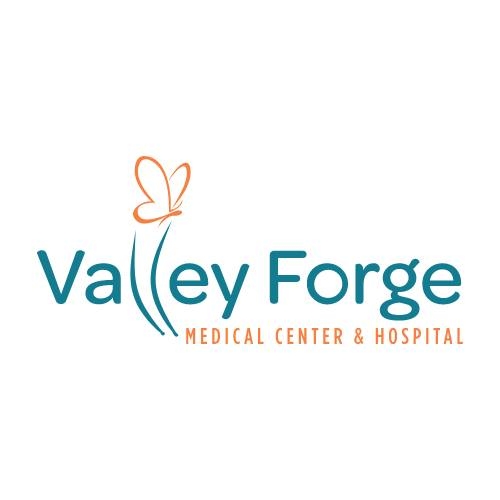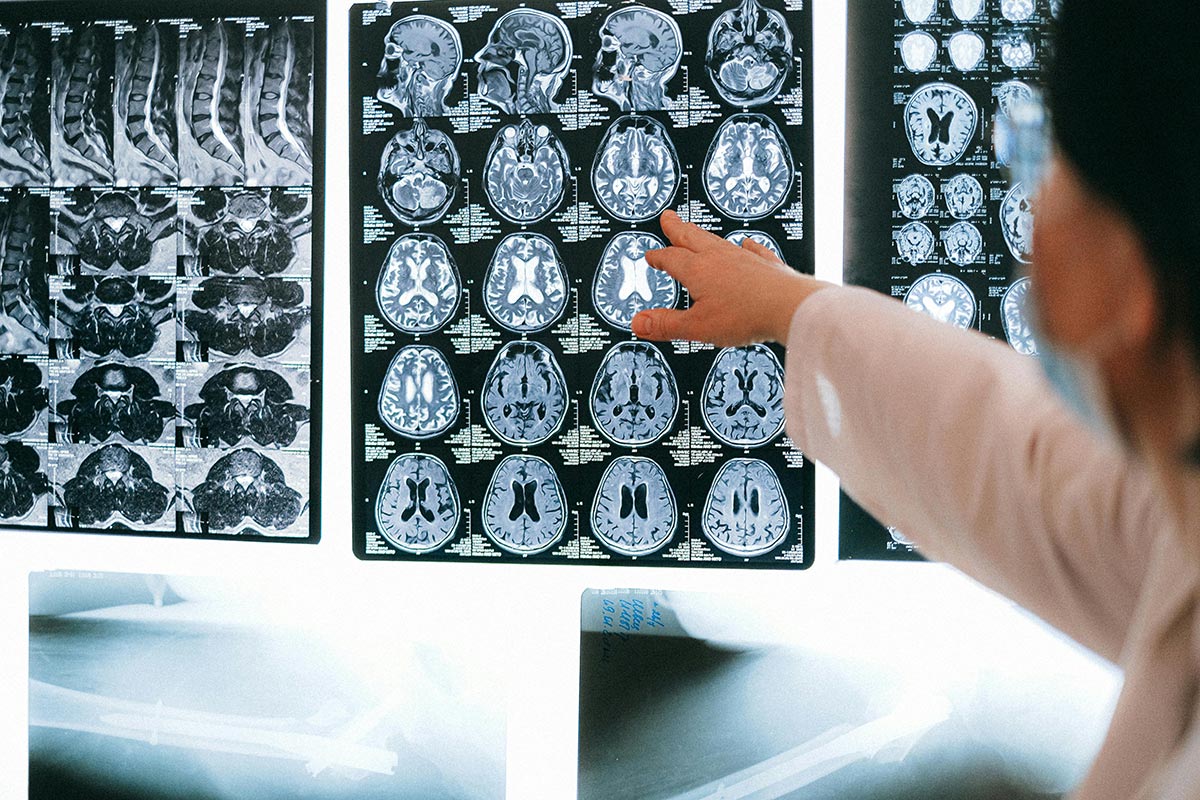

Understanding Co-Occurring Disorders
Co-occurring disorders, often referred to as dual diagnosis, involve the simultaneous presence of a substance use disorder (SUD) and a mental health disorder. Understanding the prevalence and relationship between these disorders is essential for recognizing the significance of effective treatment strategies.
Co-Occurrence Statistics
Recent statistics highlight the gravity of co-occurring disorders in the United States. In 2020, it was reported that approximately 17 million adults were living with both a mental health disorder and a substance use disorder. This indicates a significant overlap between these two types of disorders, underscoring the necessity for integrated treatment approaches.
StatisticsPercentageAdults with co-occurring disorders (2020)17 millionIndividuals with SUD who will also experience a mental health disorder50%Individuals with a mental health disorder who will also experience SUD50%
Relationship Between Substance Use and Mental Health
The interplay between substance use and mental health issues is complex. Researchers have found that around 50% of individuals who experience a substance use disorder during their lives will also encounter mental health challenges, and vice versa [1]. This connection suggests that the presence of one disorder can exacerbate the symptoms of the other, making it crucial to address both conditions concurrently.
Integrated treatment for dual diagnosis has been shown to be superior to separate treatment for each disorder. This cohesive approach involves treating both substance use issues and mental health conditions at the same time, ensuring more effective recovery outcomes [1].
As the understanding of co-occurring disorders evolves, it becomes increasingly clear that addressing both substance use and mental health through dual diagnosis treatment is critical for successful recovery journeys. For more information on treatment options, including what is hospital-level substance use treatment? and the benefits of inpatient substance use treatment, individuals can seek resources that provide further insights.
Importance of Dual Diagnosis Treatment

Understanding the significance of dual diagnosis treatment for co-occurring disorders is crucial for effective recovery. This approach not only improves treatment outcomes but also addresses the complexities involved in cases where mental health disorders and substance use disorders coexist.
Early Detection Benefits
Early detection of co-occurring disorders can significantly enhance the recovery process. In 2020, approximately 17 million U.S. adults were reported to have both a mental health disorder and substance use disorder (SUD) [1]. Identifying these issues early allows for timely intervention, facilitating a more effective treatment trajectory.
The following table summarizes the benefits of early detection:
BenefitDescriptionTimely InterventionEarly detection allows for prompt treatment, reducing the likelihood of severe mental health declines.Improved OutcomesPatients receiving simultaneous support for both disorders show better recovery rates.Reduced RiskEarly engagement in treatment lowers the risk of substance use relapse and exacerbation of mental health conditions.
Integrated Treatment Approaches
Integrated treatment for dual diagnosis is recognized as superior to treating each disorder separately. This method combines comprehensive strategies to tackle both substance use disorders and mental health issues simultaneously. Such an approach ensures that patients receive cohesive care that addresses the complexities of their conditions.
Dual diagnosis treatment often involves in-patient care, which includes a variety of medical and mental health services such as therapy, medication, and support systems. The table below outlines the components of integrated treatment:
ComponentDescriptionMedical CareAddresses physical health needs along with mental health treatment.TherapyInvolves behavioral, individual, and group therapy to help manage symptoms of both disorders.Medication ManagementEffective medications are available for addiction and mental health, ensuring comprehensive care for dual diagnosis.
Implementing integrated treatment approaches is essential for individuals facing dual diagnosis, as this comprehensive care model acknowledges the interplay between mental health and addiction, and prioritizes whole-person care [4].
Components of Dual Diagnosis Treatment

Dual diagnosis treatment effectively addresses both mental health disorders and substance use disorders (SUDs). This comprehensive approach typically incorporates several key components, including behavioral therapy, medication management, and support groups or in-patient care.
Behavioral Therapy
Behavioral therapy is a fundamental aspect of dual diagnosis treatment. This form of therapy focuses on modifying harmful behaviors associated with addiction and mental health challenges. Techniques such as Cognitive Behavioral Therapy (CBT) are commonly employed to help individuals recognize and alter negative thought patterns that contribute to both their mental health condition and substance use.
The effectiveness of behavioral therapy lies in creating personalized strategies that enable individuals to cope with triggers and stressors that may lead to substance use. Through structured sessions, clients develop skills to handle their emotions and improve their overall functioning. Incorporating counseling into treatment enhances the chances of recovery, as mentioned in resources on individual counseling in substance use recovery and group therapy.
Therapy TypeFocus AreasCognitive Behavioral Therapy (CBT)Negative thought patterns, coping strategiesDialectical Behavior Therapy (DBT)Emotion regulation, distress tolerance
Medication Management
Medication management is another critical component of dual diagnosis treatment. Effective medications are available to treat various addictions, including those related to opioids, alcohol, and nicotine. These medications also alleviate symptoms of co-occurring mental disorders.
In a dual diagnosis setting, medication is tailored to meet the specific needs of the individual, addressing both addiction and mental health issues simultaneously. This integrated approach fosters better recovery outcomes. For example, medication-assisted treatment (MAT) can be beneficial for individuals struggling with opioid addiction. Further insights can be found in our article on medication-assisted treatment (MAT) for substance use.
Medication TypeEffectivenessOpioid AgonistsReduces cravings and withdrawal symptomsAntidepressantsTreats symptoms of depression and anxiety
Support Groups and In-Patient Care
Support groups and in-patient care provide essential social support during the dual diagnosis treatment process. Support groups offer a sense of community and understanding that can prove invaluable for individuals facing similar challenges. Sharing experiences fosters connection and reduces feelings of isolation, aiding in recovery efforts. More information on the role of family support groups can be found in our article on the role of family support groups in addiction medical hospitals.
In-patient care serves as a structured environment for those who require intensive support throughout their recovery journey. This option often includes a combination of medical supervision, therapy, and daily activities designed to reinforce recovery principles. Additional details on the benefits of in-patient care are available in our article on the benefits of inpatient substance use treatment.
Care TypeKey FeaturesSupport GroupsCommunity support, shared experiencesIn-Patient CareStructured environment, round-the-clock medical supervision
Integrating these components within dual diagnosis treatment signifies the importance of addressing multiple aspects of addiction and mental health, ultimately paving the way for effective recovery.
Factors Influencing Treatment Success
The success of treatment for co-occurring disorders is influenced by multiple factors. Recognizing these key elements can ensure effective dual diagnosis treatment.
Shared Risk Factors
Shared risk factors contribute significantly to both mental health conditions and substance use disorders. For instance, individuals may engage in self-medication to alleviate symptoms of mental health disorders, which can lead to substance use. Additionally, changes in brain chemistry due to substance use can exacerbate existing mental health issues [2]. Understanding these intertwined risk factors is critical for creating effective treatment plans that address both conditions simultaneously.
Risk Factor TypeExamplesPsychologicalAnxiety, depressionEnvironmentalTraumatic experiences, family historyBiologicalGenetic predisposition
Role of In-Patient Care
In-patient care plays a vital role in dual diagnosis treatment, providing individuals with comprehensive medical and mental health services. During this phase, patients receive therapy, medication, and support in a controlled environment, allowing for focused attention on recovery [3]. In-patient care can significantly improve recovery outcomes by offering:
The benefits of in-patient care are significant, and one can learn more about its advantages through our article on the benefits of inpatient substance use treatment.
Detoxification Process
A critical step in dual diagnosis recovery involves detoxification. This process requires individuals to halt the use of addictive substances, often starting with monitored detox in medical facilities. During detox, patients receive care 24/7 to mitigate withdrawal symptoms, which can last for up to a week in some cases. Understanding this process is essential for those looking to navigate recovery effectively.
Detox StageDescriptionDurationInitial AssessmentEvaluation of health status1 dayStabilizationMedical support to manage withdrawal3-7 daysTransitionPreparation for further treatment1-2 days
These factors play a crucial role in the effectiveness of dual diagnosis treatment, underscoring the importance of addressing both mental health conditions and substance use disorders comprehensively. For more information on how family involvement can aid recovery, consider reading our article on family therapy in substance use recovery.
Holistic Approach to Dual Diagnosis Treatment
A holistic approach to dual diagnosis treatment is essential for effective recovery from co-occurring disorders. This method involves addressing the complex interaction between mental health disorders and substance use disorders through comprehensive assessment, therapeutic modalities, family involvement, and aftercare planning.
Comprehensive Assessment
A comprehensive assessment is a critical first step in dual diagnosis treatment. This process involves evaluating an individual's mental health, substance use history, and personal circumstances. This multifaceted evaluation helps identify specific needs and informs the development of a tailored treatment plan.
The assessment typically includes:
By utilizing a thorough assessment, professionals can better understand the interplay between the various factors affecting the individual's health. For more information on hospital-level assessments, read about what is hospital-level substance use treatment?.
Therapeutic Modalities
The treatment plan often incorporates a variety of therapeutic approaches to address both mental health and addiction components. Common modalities include:
Therapy TypeDescriptionBehavioral TherapyFocuses on changing harmful behaviorsMedication-Assisted Treatment (MAT)Combines medication with counseling for effective treatmentIndividual CounselingOffers personalized support and strategyGroup TherapyProvides community support and shared experiencesFamily TherapyEngages family members in the healing process
These therapeutic elements allow for a depth of care that addresses the root causes of addiction and mental health issues, promoting long-term recovery. A study on holistic approaches emphasizes the need for integrating biological, psychological, social, and spiritual factors in treatment.
Family Involvement and Aftercare Planning
Family involvement plays a vital role in the recovery process, providing crucial emotional support and understanding. Including family in therapy sessions can enhance communication, improve relationships, and foster a supportive environment for the individual in treatment.
Aftercare planning is equally important. This strategy involves developing a comprehensive plan for continued support and monitoring following formal treatment. Elements of aftercare may include:
The transition from a structured treatment environment to everyday life can be challenging. Therefore, robust aftercare that includes family support and community resources is essential for sustained recovery.
Successful treatment often requires an understanding of cultural and gender-specific needs, as these factors can influence both the experience of addiction and the recovery process. Providing culturally sensitive treatment can significantly enhance outcomes [4].
A holistic approach ensures that the treatment plan is not only comprehensive but also adaptable to the unique needs of the individual, leading to better long-term outcomes in managing both mental health and substance use disorders.
Challenges in Dual Diagnosis Treatment
Dual diagnosis treatment, which addresses co-occurring disorders, faces several challenges that can hinder effective care. These challenges include complications in diagnosis, barriers to accessing treatment, and the necessity for cultural sensitivity and gender-specific care.
Diagnosis Complications
Diagnosing co-occurring disorders presents numerous difficulties. Healthcare professionals often encounter overlapping symptoms between mental health issues and substance use disorders, making it challenging to distinguish between the two. Additionally, a lack of specialized training in dual diagnosis can lead to misdiagnoses or missed diagnoses entirely. Stigma surrounding mental health and addiction can further complicate the situation, discouraging individuals from seeking help. Comprehensive assessments and improved diagnostic tools are crucial for achieving an accurate diagnosis in these cases.
Barriers to Treatment Access
Accessing treatment for co-occurring disorders is often fraught with barriers. Structural challenges include a limited availability of services, especially in rural areas where most substance use and mental health programs may be scarce. Geographic distance from service providers, insufficient transportation options, and a lack of specialized resources intensify these challenges for individuals in resource-poor settings.
Financial barriers also impede access to treatment. Many individuals may lack insurance, and even those with coverage may find that it does not adequately reimburse for substance use disorder treatments. Restrictions surrounding publicly funded services add to this burden, making it difficult for individuals to receive the care they need in a timely manner.
Cultural Sensitivity and Gender-Specific Care
Culturally sensitive and gender-specific considerations are integral to effective dual diagnosis treatment. Programs that provide treatment tailored to the cultural backgrounds and gender identities of patients can significantly enhance the recovery process. Addressing these unique needs not only fosters a supportive environment but also improves overall treatment outcomes. By acknowledging and accommodating these differences, treatment providers can create a more inclusive atmosphere that promotes healing and recovery [4].
References
[2]:
[3]:
[4]:
[5]:
[6]:
.svg)





